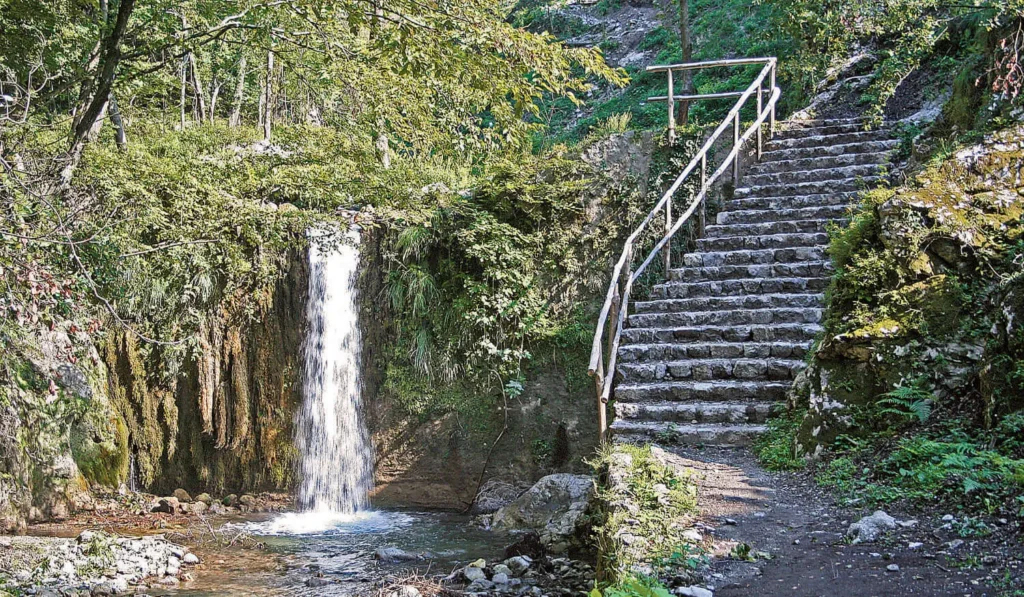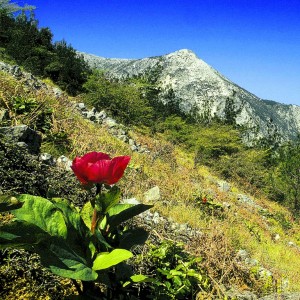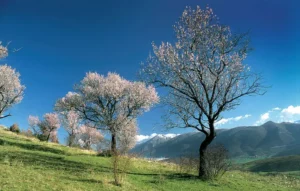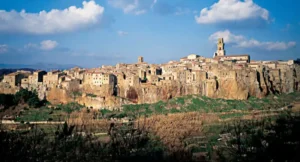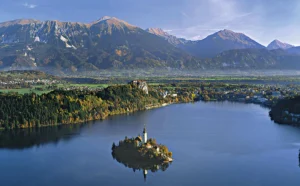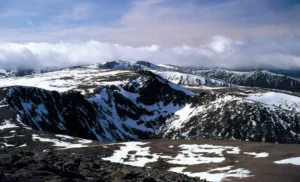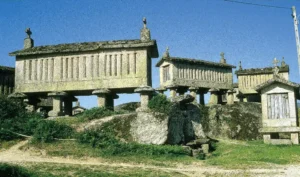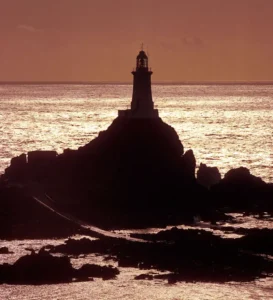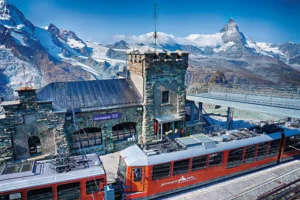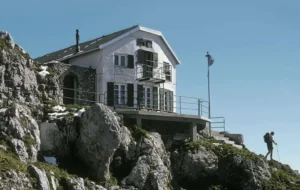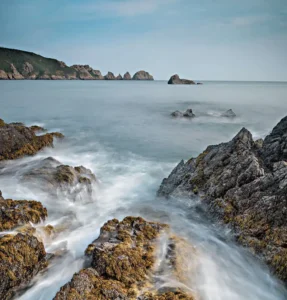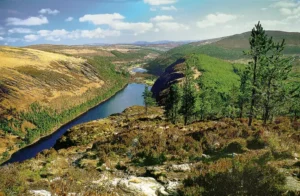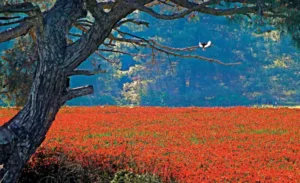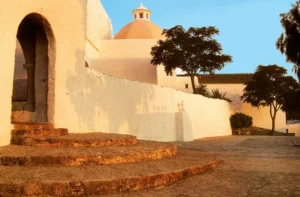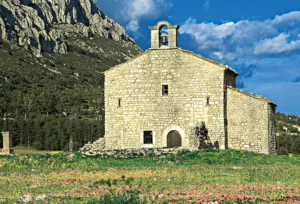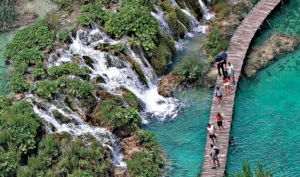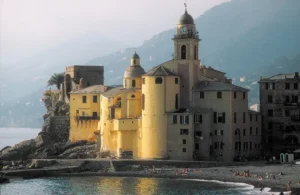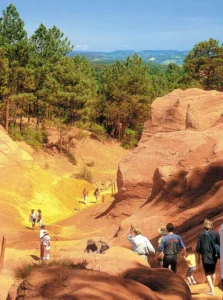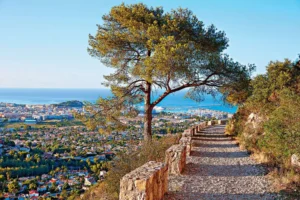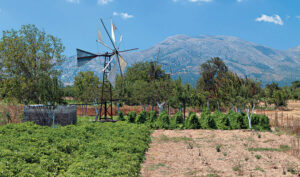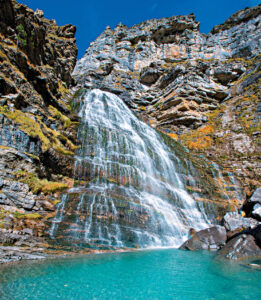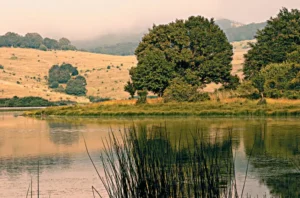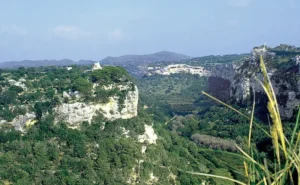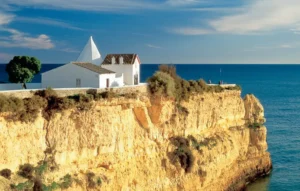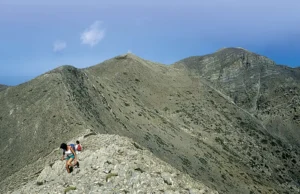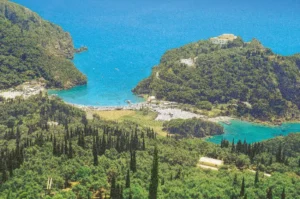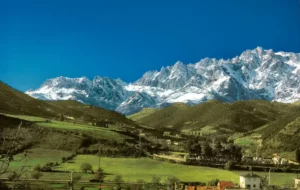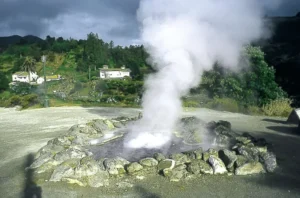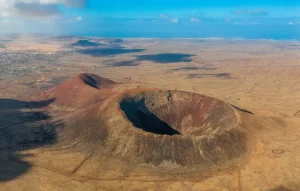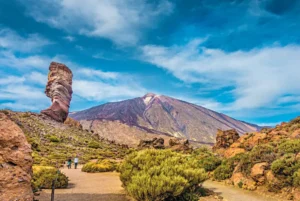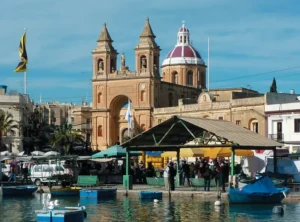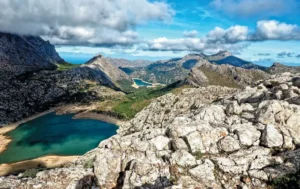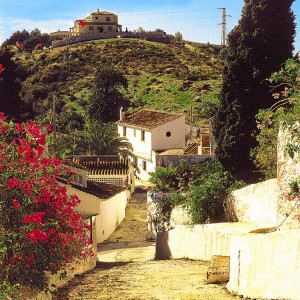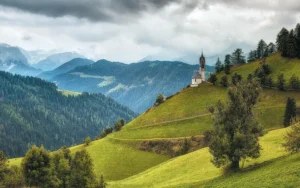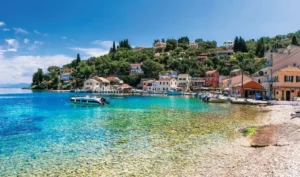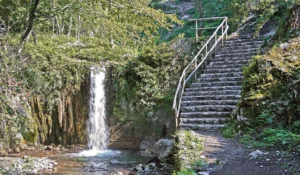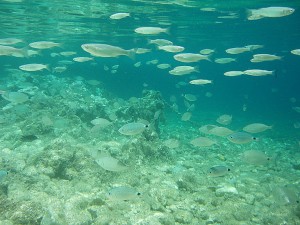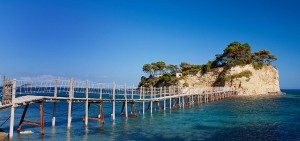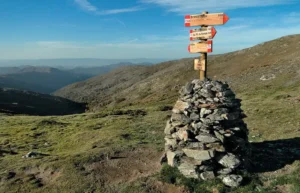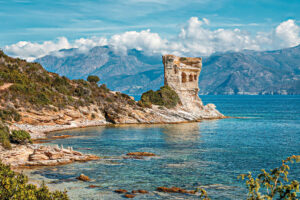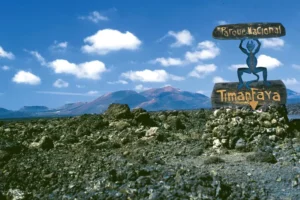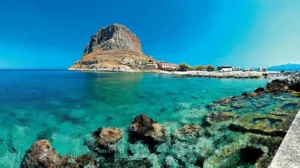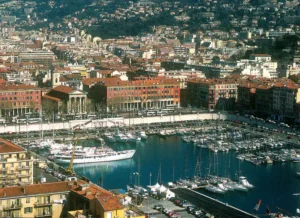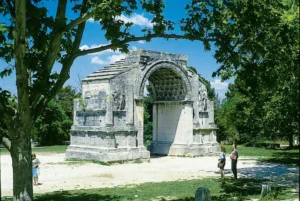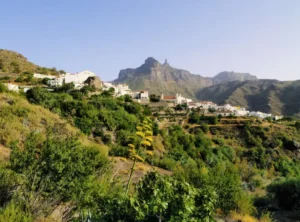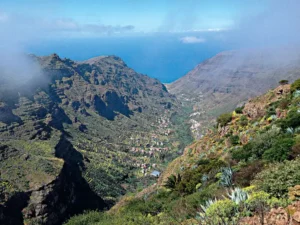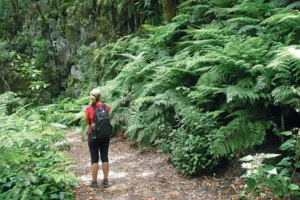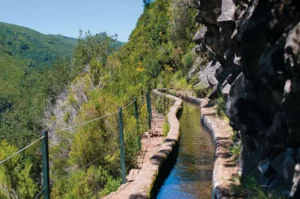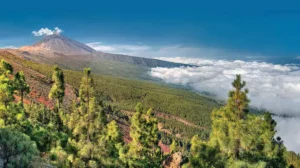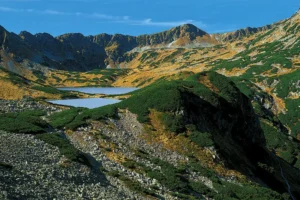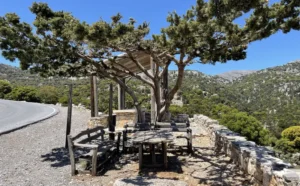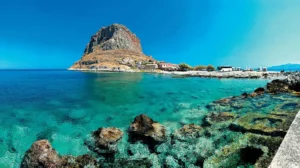Sunflower Books
Walking in Sorrento, Amalfi and Capri
An introduction to walking in Sorrento, Amalfi, and Capri
The Amalfi coast, a UNESCO World Heritage Site, is renowned for its dramatic cliffs, picturesque towns, and stunning beaches.
For those who love to explore on foot, our guidebook to the region includes a plethora of walking trails that showcases its natural beauty and cultural heritage.
Here’s a brief introduction, but you can find so much more in our guidebook to walking in Sorrento, Amalfi & Capri.
Walking in Sorrento
The bustling town of Sorrento lies on a broad shelf 70m/230ft above the sea. To the south and west the terrain (both cultivated and wooded) rises quite steeply, eventually to a height of 400m/1300ft. Here, on the crest of the peninsula, lies the village of Sant’Agata.
The ridge continues southwest to the tip of the peninsula, rising to a maximum height of 500m/1650ft at Monte San Costanzo, near the village of Termini. The elegant small town of Massa Lubrense sits a little above the coast, on the west of the peninsula.
As the slopes are less steep than on the Amalfi Coast, the paths here consist less often of steps. Despite more development and road-building than on the Amalfi Coast, the path network is surprisingly complete and offers excellent walking with frequent panoramic views.
Walking in Amalfi & Ravello
In common with most of the Costiera Amalfitana (Amalfi Coast), this area is one of high mountains rising steeply out of the sea, riven by deep gorges. Limestone cliffs abound.
The natural vegetation is woodland, giving way to grass on the higher slopes. Where the gradient relents in the lower parts, the hillside is terraced for olives, vines, vegetables and, of course, the famous Amalfi lemons.
This region has not suffered the depopulation of lands further north so, for the most part, the terraces are kept in pristine condition.
The area comprises three major valleys, those leading into Amalfi (Valle dei Mulini), into Atrani (Valle del Dragone) and into Minori (Valle del Sambuco). Additionally, a short but perilously steep gorge falls from Pogerola to the sea (Vallone Cieco).
Wild rocky promontories separate the valleys; at the top of the most easterly of them lies the town of Ravello. The Lattari mountains form the backdrop to the area and frequently rise to over 1000m/3300ft. The highest peak in the Amalfi/Ravello region is Monte Cerreto, at 1316m/4300ft.
Walking in Capri
Capri lies six kilometres out to sea, an elongated rocky protuberance 7km long and 3km across at its widest point. It is ringed by high limestone cliffs much of the way round, rising to 589m/1900ft at its highest point, Monte Solaro.
Above the cliffs the terrain, although hilly, is gentle enough to allow habitation and gardening on the fertile soil.
The main town of Capri occupies the spine of the eastern half of the island. It spills down the slopes north and south to the harbours of Marina Grande and Marina Piccola.
A cliff crosses the island, isolating the western half, occupied by the higher town of Anacapri (a much quieter place than its brasher neighbour).
A road has been cut into the cliff-face to connect the two towns, and a funicular railway will whisk you up from the Marina Grande to Capri town.
In summer an endless stream of large modern ferries disgorges so many day visitors onto the Marina Grande. The congestion hinders people getting to the funicular. When they do finally succeed, they fill to overflowing the squares of the main town up on its hilltop.
But here, as anywhere else, you can get away from the crowds in no time at all … and walk through the tranquil flower-bedecked world that has enticed so many of the rich and famous to live here.
Narrow roads swathed in bougainvillaea and redolent of jasmine, and used only by pedestrians and the occasional electric trolley, lead past fine houses with ornamental and kitchen gardens to the island’s sensational coastline.
A visit to this magical place should figure in every itinerary, and best of all in winter.
Positano and Praiano
Positano lies at the centre of the coastline that stretches from Colli di San Pietro in the west, where the Amalfi Drive begins, to the deep cleft of Furore in the east.
West of Positano the road runs on a shelf carved out of cliffs. It rises sheer from the sea and soars up to the mountains above. A desolate, wild and uninhabited landscape.
East of Positano the mountains rise to their highest anywhere on the coast, and hardly less steeply than in the west. But the villages of Montepertuso and Nocelle cling high on the hillsides, surrounded by terraces of vines and vegetables and separated by maybe the most profound chasm of them all, 350m/ 1000ft deep.
Further east still the slopes relent a little behind the villages of Vèttica Maggiore and Praiano, to become steep and wild once more before reaching the gorge of Furore. Apart from the two mountain segments the paths in this area are exceptionally well built.
Steepness of terrain dictates that this network often consists of long flights of steps or zigzags. But they are mostly not too steep, offering perhaps the most exhilarating walking in the whole coastline.
The best time for walkers to visit
These are popular destinations, so it’s best to visit during the shoulder seasons (April-May and September-October) to avoid crowds and enjoy pleasant weather.
Summer can be hot and crowded, while winter can be wet and cold.
Getting around by public transport
There are frequent services between the main towns and villages, making it easy to explore the region without a car. Ferry services are also available between Naples, Sorrento, and Capri.
Tips for Walking
• Wear comfortable shoes and bring plenty of water.
• Be aware of the weather forecast and dress accordingly.
• Take your time and enjoy the scenery.
• Respect the local environment and leave no trace.
All three areas offer a unique and unforgettable walking experience. With their stunning scenery, charming towns, and rich history, they are a paradise for walkers of all levels. Buy our guidebook to walking in Sorrento, Amalfi & Capri.
